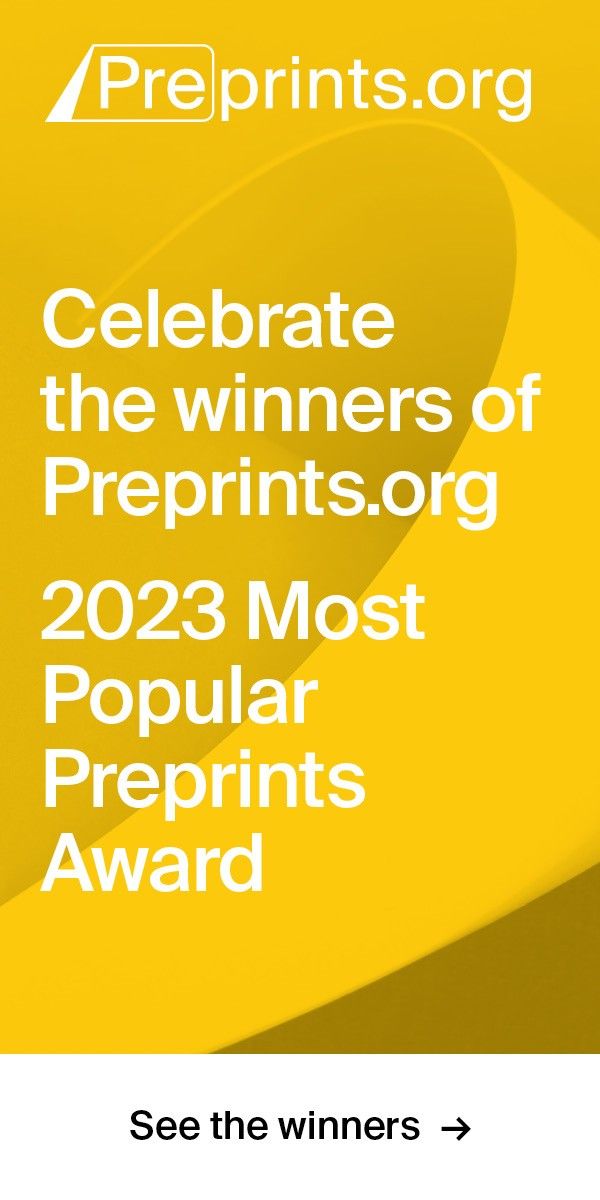Article
Version 1
This version is not peer-reviewed
The Advance of Planets' Perihelion Between Newton and Einstein
Version 1
: Received: 3 January 2021 / Approved: 5 January 2021 / Online: 5 January 2021 (11:08:32 CET)
How to cite: Corda, C. The Advance of Planets' Perihelion Between Newton and Einstein. Preprints 2021, 2021010079 Corda, C. The Advance of Planets' Perihelion Between Newton and Einstein. Preprints 2021, 2021010079
Abstract
Three different approaches show that, contrary to a longstanding conviction older than 160 years, the advance of Mercury perihelion can be achieved in Newtonian gravity with a very high precision by correctly analysing the situation without neglecting Mercury's mass. General relativity remains more precise than Newtonian physics, but Newtonian framework is more powerful than researchers and astronomers were thinking till now, at least for the case of Mercury. The Newtonian formula of the advance of planets' perihelion breaks down for the other planets. The predicted Newtonian result is indeed too large for Venus and Earth. Therefore, it is also shown that corrections due to gravitational and rotational time dilation, in an intermediate framework which analyzes gravity between Newton and Einstein, solve the problem. By adding such corrections, a result consistent with the one of general relativity is indeed obtained. Thus, the most important results of this paper are two: i) It is not correct that Newtonian theory cannot predict the anomalous rate of precession of the perihelion of planets' orbit. The real problem is instead that a pure Newtonian prediction is too large. ii) Perihelion's precession can be achieved with the same precision of general relativity by extending Newtonian gravity through the inclusion of gravitational and rotational time dilation effects. This second result is in agreement with a couple of recent and interesting papers of Hansen, Hartong and Obers. Differently from such papers, in the present work the importance of rotational time dilation is also highlighted.
Keywords
General relativity; Newtonian gravity; advance of planets' perihelion; time dilation
Subject
Physical Sciences, Astronomy and Astrophysics
Copyright: This is an open access article distributed under the Creative Commons Attribution License which permits unrestricted use, distribution, and reproduction in any medium, provided the original work is properly cited.
Comments (1)
We encourage comments and feedback from a broad range of readers. See criteria for comments and our Diversity statement.
Leave a public commentSend a private comment to the author(s)
* All users must log in before leaving a comment







Commenter:
The commenter has declared there is no conflict of interests.
I wonder whether you tried to apply the same methods starting from the elliptic trajectory instead of circular. Maybe in that case you do not need the relativistic corrections? If it were the case it would become very important.
Sincerely yours
Alain Haraux